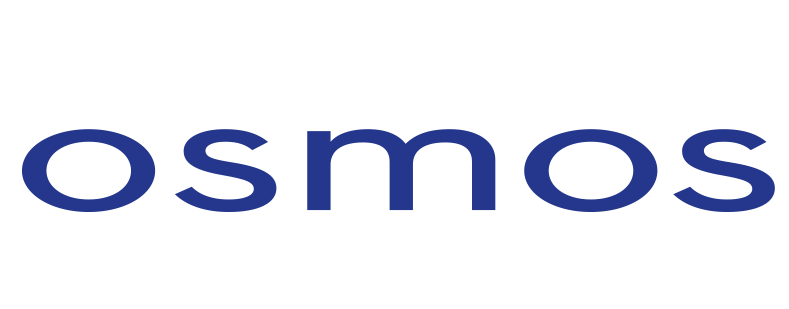Verify continuously the level of service of your infrastructure and detect any structural anomalies
As an infrastucture manager, you are in charge of their supervision and maintenance, and are faced with a context of general ageing of your assets.
This accelerated deterioration of their structural condition, linked to their constantly evolving use (heavy goods vehicle traffic), leads in some cases to costly closures to traffic that affect user movements. Given these challenges, OSMOS’s solutions remain the most reliable on the market for continuous monitoring.
Our systems go beyond traditional sounding techniques, which are often limited to
periodic inspections and/or physical/chemical (non-mechanical) assessments and not to the analysis of real mechanical behaviour.
+500 Infrastructure references
As a structural asset manager, enjoy OSMOS expertise
OSMOS supports you for an optimized structural assets management thanks to the analysis of the mechanical behavior of your structures in real time and a long-term monitoring of their evolution.
Weigh-in-motion with SAFE WiM+D® Expanded vision of your structures in 1 click with SAFE Works Download our brochureInfrastructures
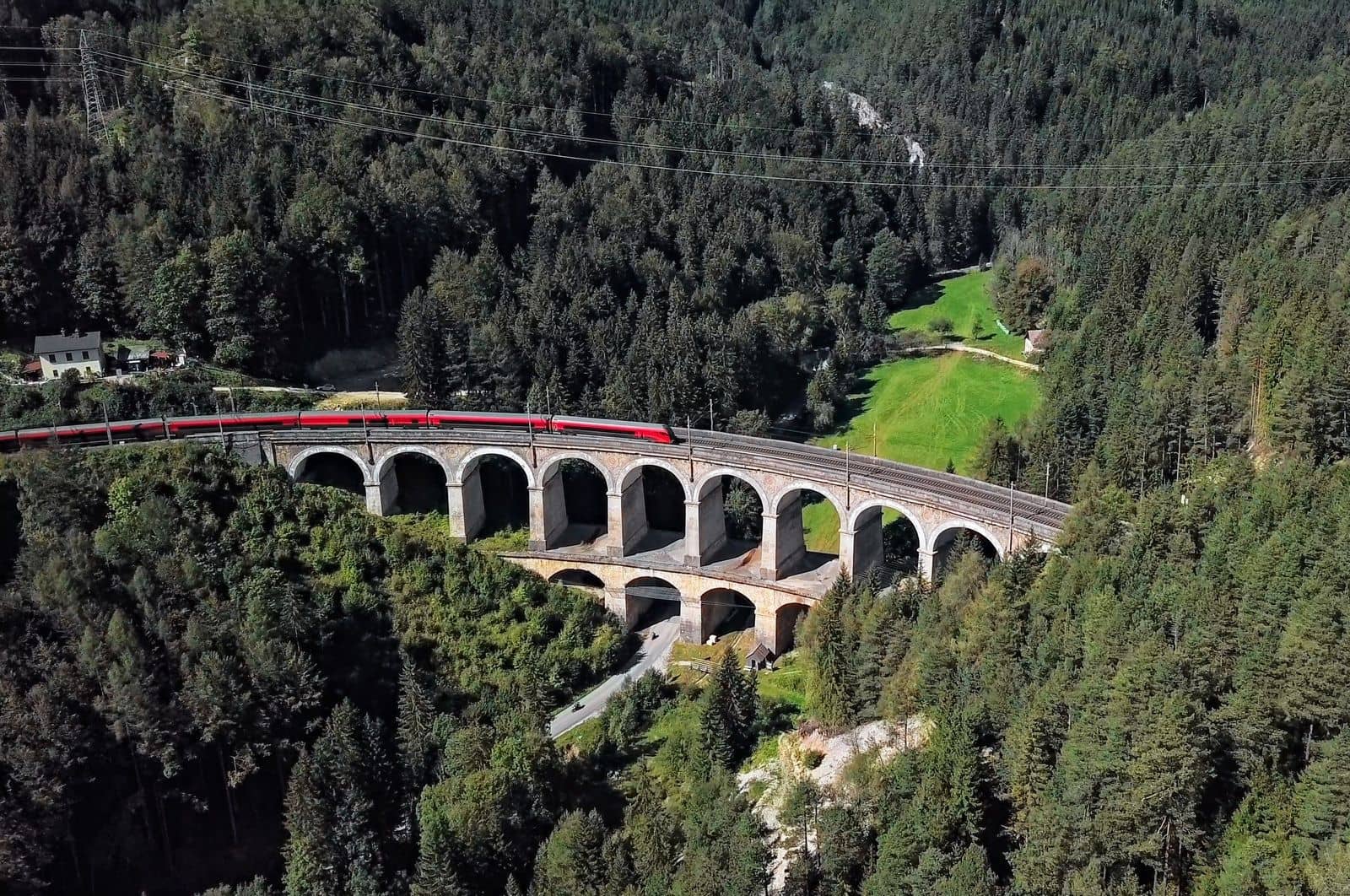
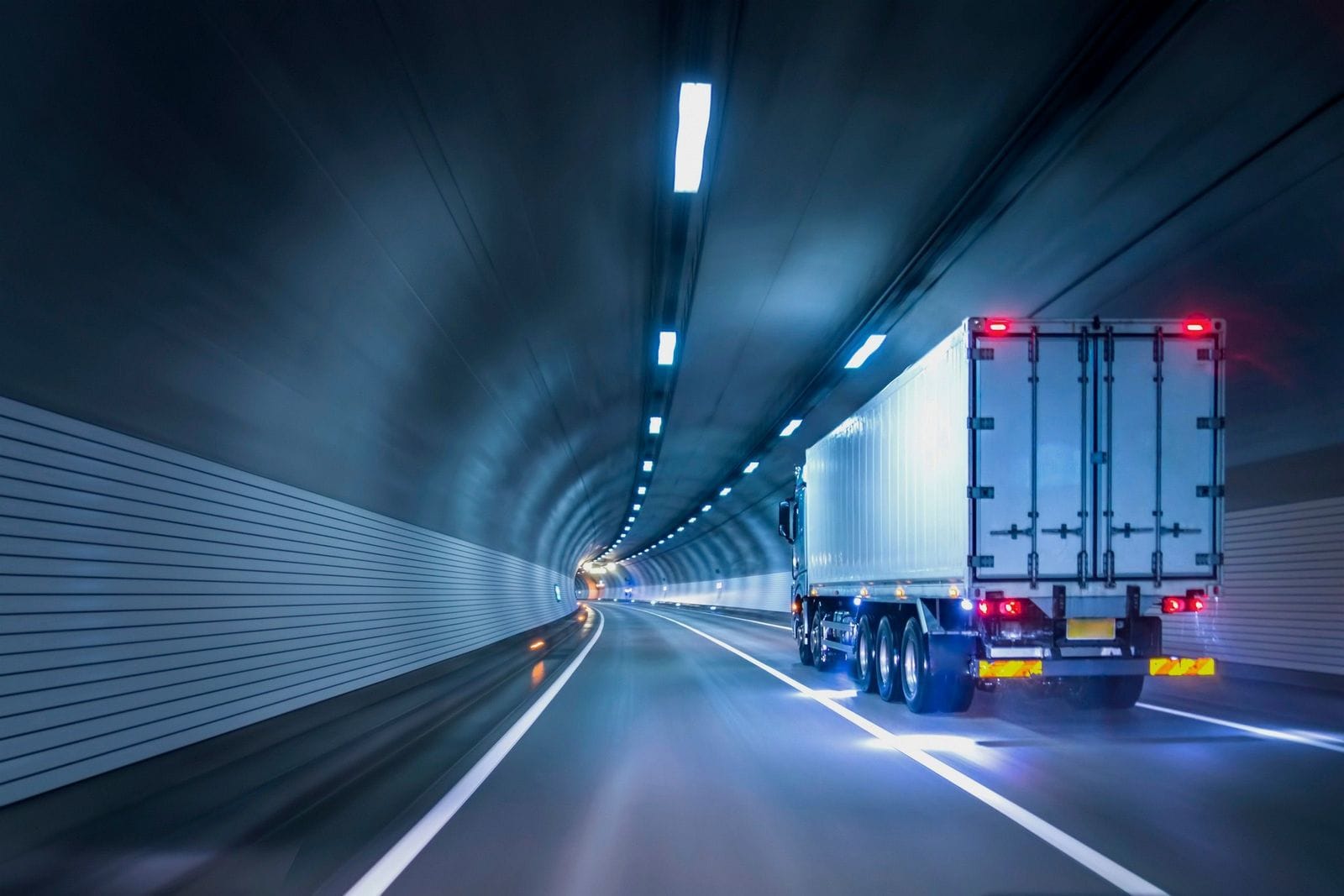
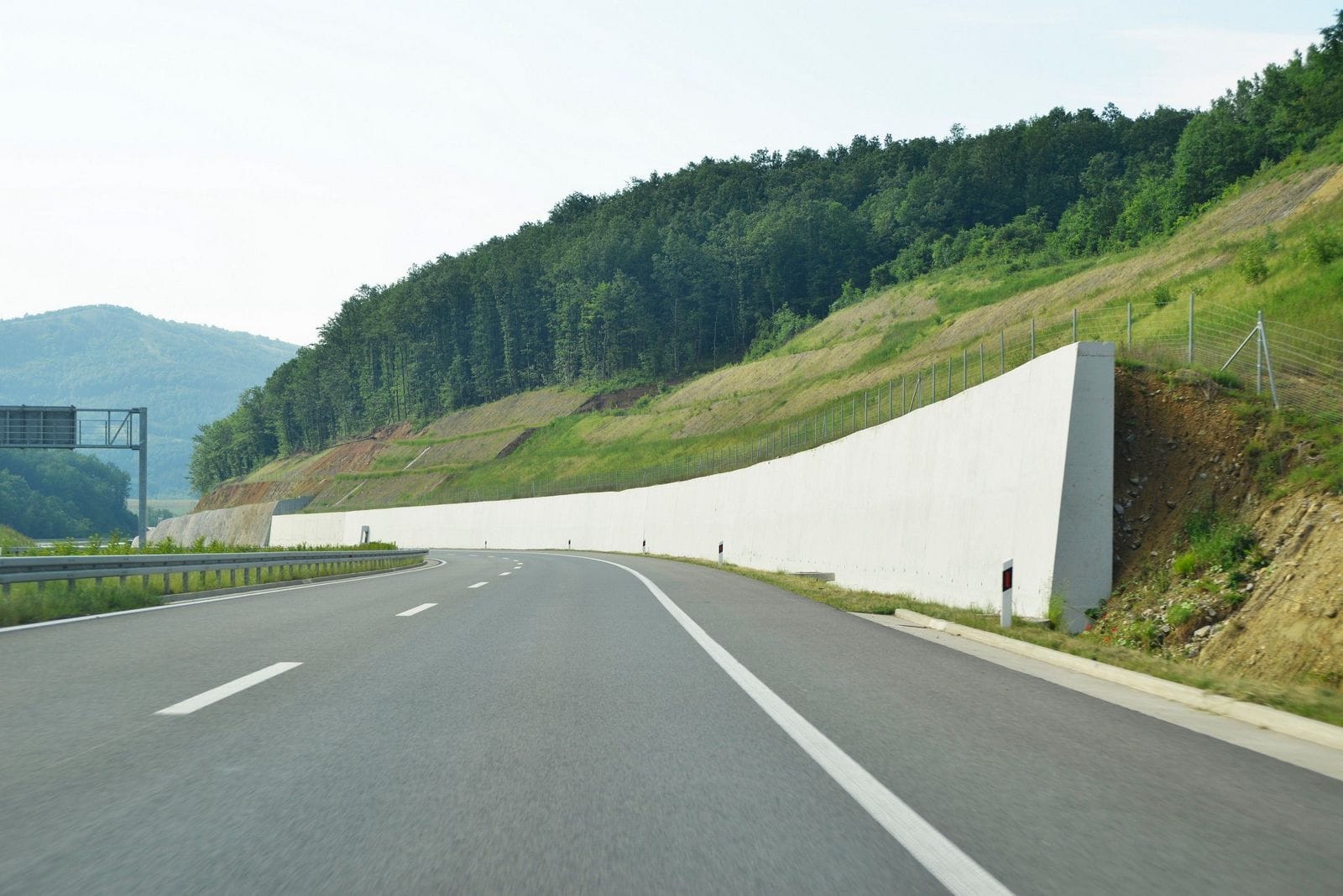
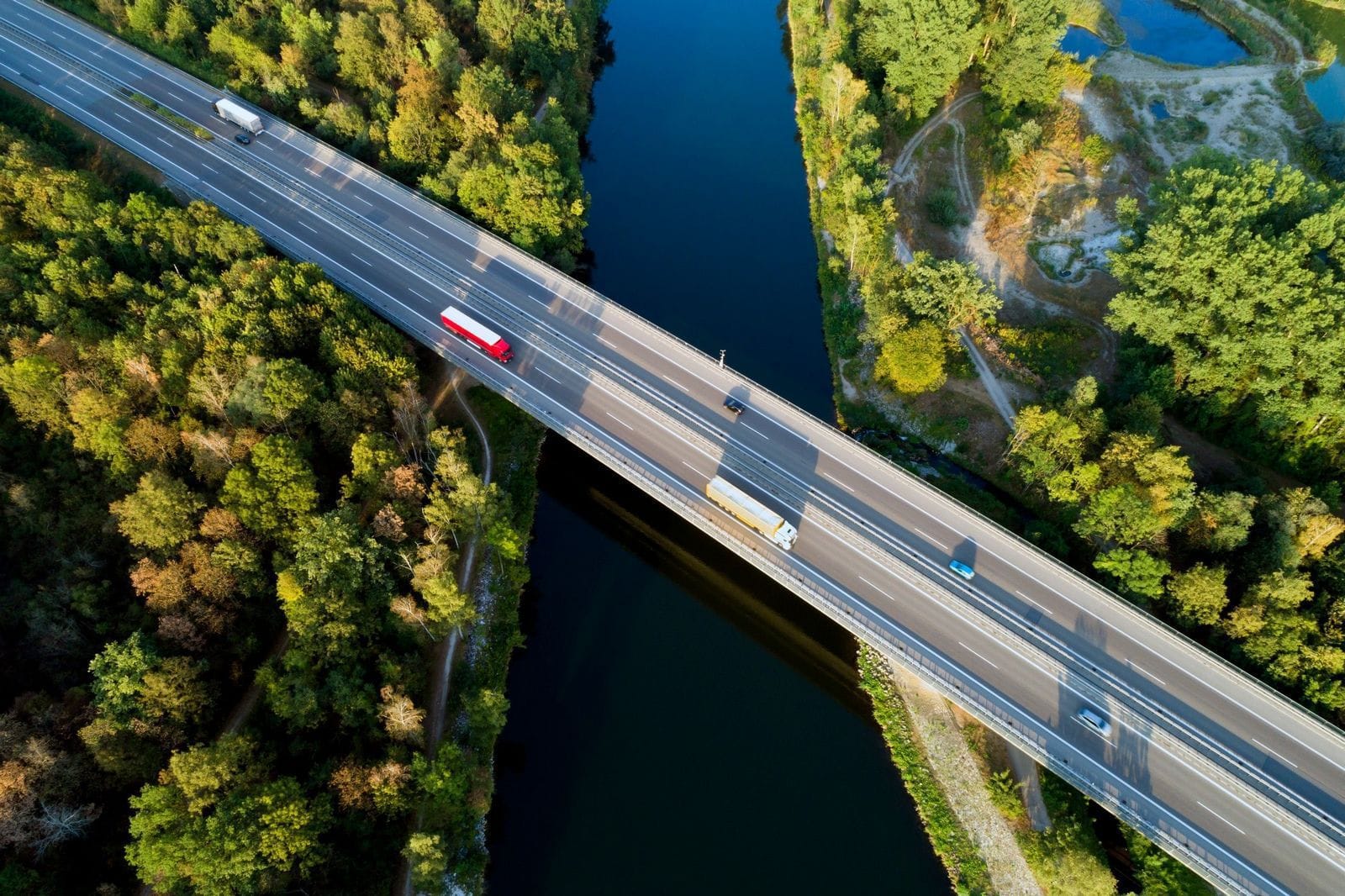
Study of long-term changes
The measures taken in the short, medium and long terms allow us to detect any structural anomalies and obtain conclusive information about the health of your engineering works. In the long run, the quantity of data recorded will also enable forecasts about a structure’s future mechanical behavior and its estimated remaining life.
Detection and analysis of the impact of dynamic stresses
Engineering works are exposed to a large number of specific constraints, associated with their operating conditions, traffic and environment. Thanks to these continuous, realtime measurements, OSMOS can not only analyze the structure’s long-term behavioral trends, but also the impact of dynamic stresses and overall resilience. Among those stresses, the repeated passage of heavy vehicles is a major factor in a bridge’s accelerated deterioration.
The solution to your issues: the results of our analyses
OSMOS’s methodology consists of exploiting the continuous measurements recorded, looking at different time scales (from instant to seasonal cycles), in order to deduce the relevant indicators for the bridge’s structural behavior and to establish a concrete assessment of its stability.
OSMOS tracks various parameters to evaluate wear and tear on the structure and its evolution over time. This allows us to anticipate the future mechanical behaviors of metal bridges and establish a precise assessment of the life of this type of structure.
Heavy vehicle traffic has a major influence on the health of bridges and contributes to their deterioration over time. Our WiM+DTM system records each event caused by a passing heavy vehicle and calculates its impact on structural health. Thanks to these deformation measurements, it is possible to verify the deck's normal structural behavior under moving loads.
WEIGH-IN-MOTION AND BRIDGE DEFORMATION MONITORING IN A
SINGLE SOLUTION
SAFE WiM+D®
Thanks to the algorithms and mathematical modules developed by our teams, we go above and beyond the classic weigh-in-motion methods: we link them to our data analyses, to deduce the impact of traffic and usage on the health of the structure. When you opt for the OSMOS WiM+D® solution, you have access to unique information that will be useful in decision-making and that will help to reduce your operating costs.
The real-time cameras installed on-site further enrich the monitoring process and are able to record the license plate numbers of any vehicles that cause significant dynamic events.
Any questions? OSMOS supports you
Verify your bridge’s stability at any time, anticipate the structural risks specific to your structure and prioritize your management actions.
Ensure your structure’s availability, thanks to preventive management, by taking action in the right place, at the right time, so you can prevent urgent situations.
Our monitoring systems function in real time and immediately detect any abnormal behavior, for optimal control over your structure’s safety.
Put an end to urgent responses: avoid critical situations that could force the closure of your structure and the substantial expenses associated with protective measures and detours.
Define appropriate maintenance actions for your bridge and adapt its level of service, for a longer life.
Tailor your maintenance policy to your structure and manage your priorities, so as to significantly reduce the costs of your bridge’s upkeep.
